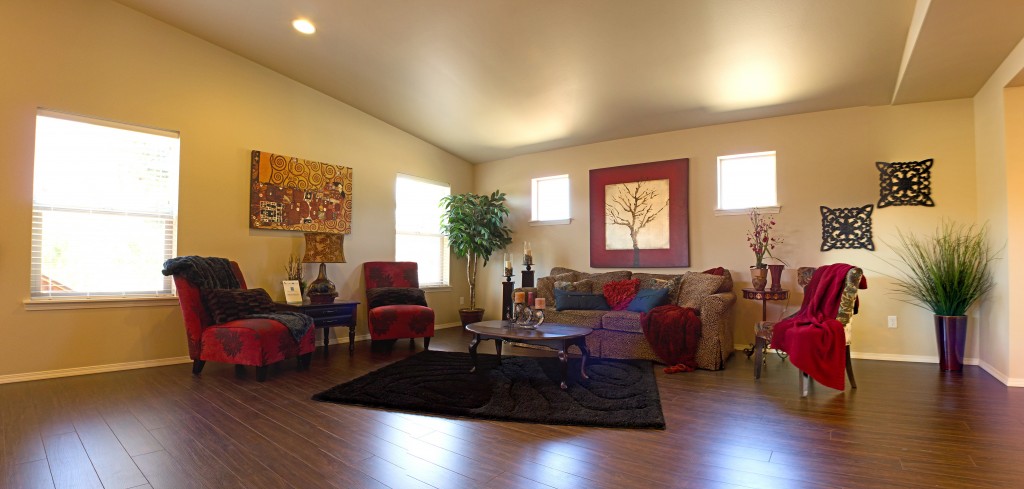Plants; tall plants, wide-spreading plants , clusters of small plants, flowering plants, indoor trees and, of course flowers all add a new dimension, a liveliness and freshness that are gratifyingly cheap in relation to the pleasure they give. Indoor landscaping can be just as exciting and considerably less work than the outdoor variety.
Get It Right
The choice of plants for indoor decoration is determined by the amount of light a room gets and the direction in which its windows face. It is essential for house plants to be placed at an angle where they can receive some sunlight though they have low light requirements. For rooms that do not receive sunlight, the plants can be placed at positions where they can receive ample light supply from the room’s light source.
Most indoor plants seem to thrive if the setting is right with little attention, except for re-potting as they grow and spread. House plants need not be watered daily, once a week is enough. Ensure there is a receptacle ready to receive water dripping from the bottom of the pot or container. You can tell if a plant is growing well by the gloss on the leaves and a certain air of well-being around it.
Knowing the basic needs of a particularhouse plant you intend to cultivate is essential to enjoying it for the longest possible time. A shallow root system is one important factor in deciding if a plant is suitable for potting. Plants used indoors include golden palm, bamboo, coffee, ferns cycads and cactus. Use terracotta pots, stainless steel planters, baskets or anything that best suits the prevailing mood of the room for the plants.
Creative Functionality
Use tall plants and indoor trees to make subtle room dividers, fill and improve gaps in the room. Additionally the foliage of potted plants soften architectural lines and relieve the monotony of mortar and masonry even in outdoor spaces. Similarly placing a group of plants alongside a sculpture softens harsh lines and helps to balance out furniture in the room. A well-planted hanging basket set in the front of a bare window can make it look completely dressed.
To tweak the look for really cool effect, place lights behind plants to throw dramatic shadows onto walls and ceilings, as well as to illuminate the foliage on a dull day and at night. Alternatively place small spot lights so that they shine through the leaves but be careful not to put them so close that they burn them. Also, you may put plants directly under a down light for a special brilliance.
A Quick Checklist
- Apply the ‘the thumb rule’ to know when to water a plant, that is dip your thumb just below the overlying soil surface. If it feels dry you should water the plant.
- Gently clean out dusty leaf surfaces with a soft and moist sponge. Never use soap!
- Be mindful of safety with some plants. Plants with spikes, thorns or poisonous seeds can be harmful to children.
- Decorate the overlying surface soil with stones, wood shavings or ground covers after successfully potting them for that wow look.
- The sight of sick, uncared-for plants is offputting, so be as generous as possible with caring for your indoor plants. Prune any brown, limp plant parts in order to maintain uniform foliage.
